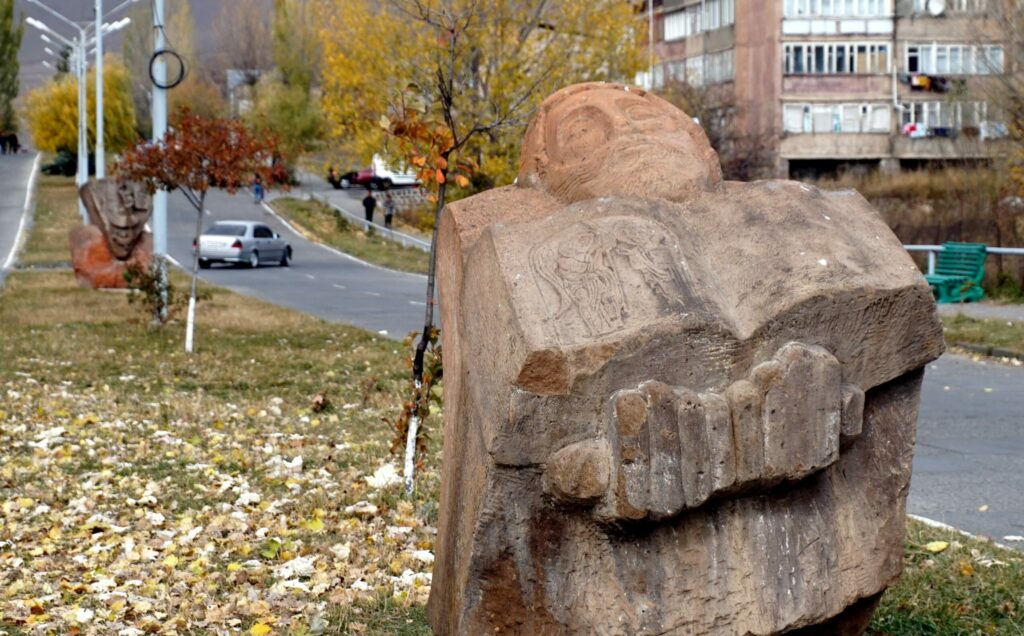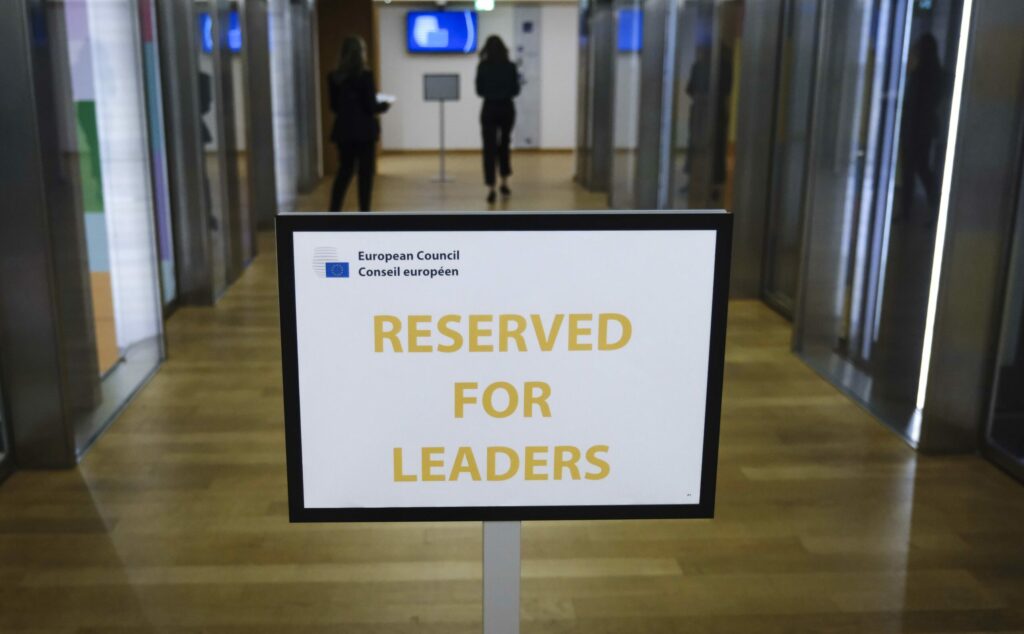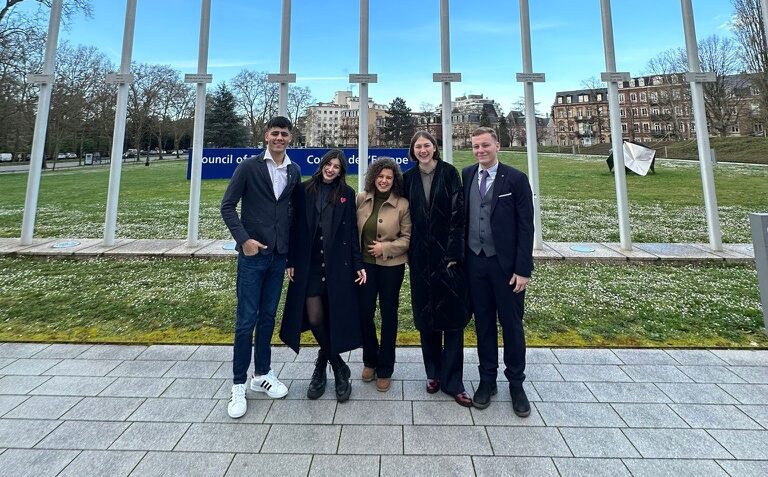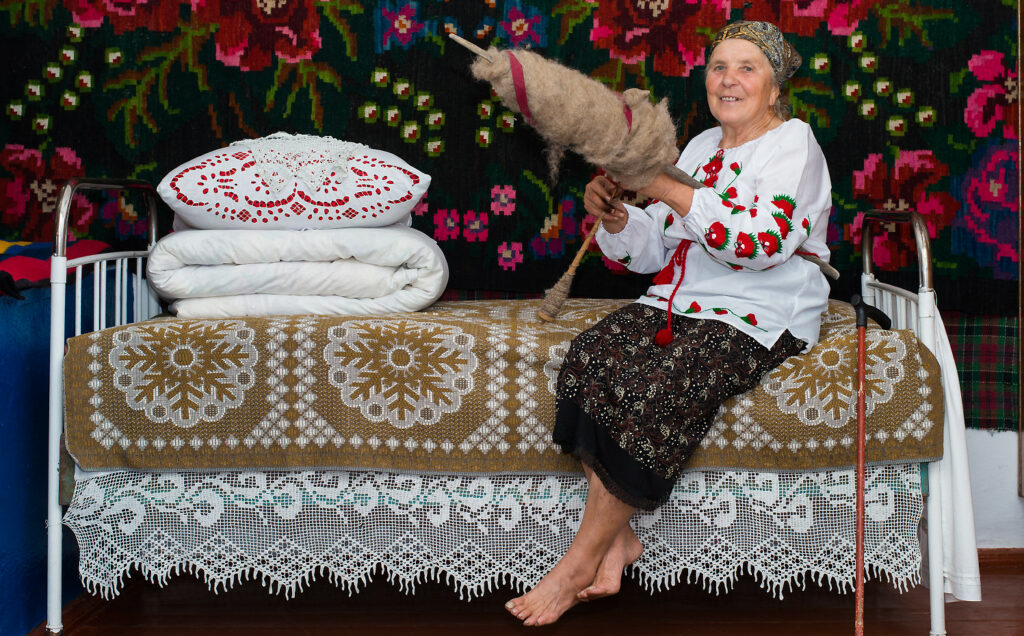How can Ukrainian business benefit from becoming ‘greener’?
- Why should my company become greener?
- Why should I choose the Resource Efficient and Cleaner Production methodology to become greener?
- How Resource Efficient and Cleaner Production helps to reduce costs?
- What are the concrete steps of Resource Efficient and Cleaner Production implementation?
- What support is available for companies?
- How can I use ‘green’ technologies in Ukraine?
Why should my company become greener?
An eco-friendly approach to production shows responsible entrepreneurship and brings important practical benefits for businesses. First, it reduces general production costs and brings transparency into material and energy flows. Secondly, it increases productivity, giving enterprises an opportunity to further expand their production with minimum risk and environmental impact.
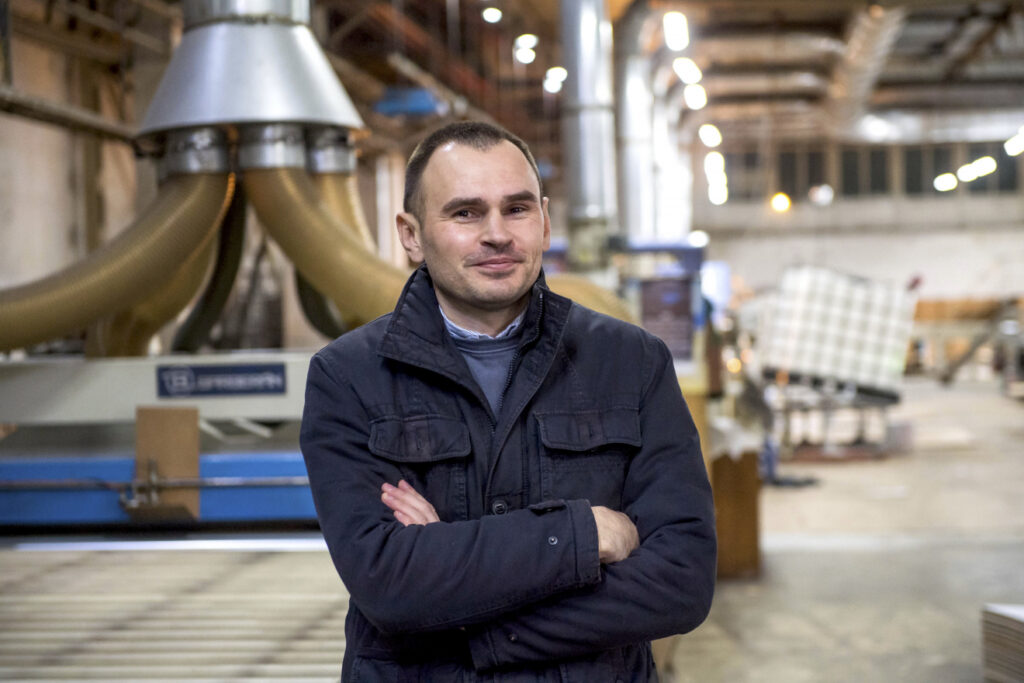
Moreover, by improving compliance and performance in line with environmental standards and market requirements, it contributes to new and better relationships with customers and stakeholders. Altogether, these benefits provide companies with a better competitive position in the national, as well as international markets.
For example, thanks to the support provided by the European Union, approximately 2,000 Resource Efficient and Cleaner Production measures were identified for 357 SMEs and organisations in the Eastern partner countries, with a payback period of less than 5 years, which could annually save companies up to €10 million, as well as:
- 158 GWh of energy – equivalent to the energy consumption of 43,000 average European Union households of 2-3 members
- 1,394,490 m3 of water – equivalent to the water consumption by 12,563 average European households
- 44,210 t of raw materials
Those measures also help to avoid 81,115 t of CO2 emissions (approximately 17,644 average cars removed from the streets) and 22,694 t of solid waste (equivalent to the amount of waste produced by 4,364 average European Union inhabitants) per annum.
In a nutshell, resource efficiency helps to stimulate technological innovation, create green jobs, benefit consumers through more sustainable products, and opens new export markets and business opportunities for local companies.
The COVID-19 pandemic has affected many businesses. Several sectors have been brought to a standstill, impacting the economy on an unprecedented scale. In this context, there is no place for wastages of any kind. Optimising workflows, materials, energy, and water usage to reduce costs and improve quality are essential to enable a rapid recovery of industries. Resource efficient and cleaner production can become an important tool for economic recovery, as it implies a thoughtful use of limited resources to achieve maximum production benefits. Better process control, improvement of working conditions, safe chemical management, upgrading to best available technology, energy efficiency, reduction and revalorisation of waste, innovation for green products, among others, are Resource Efficient and Cleaner Production strategies that contribute to businesses pursuing recovery strategies.
Efficient and Cleaner Production practices, technologies, and industrial symbiosis are part of the first steps. See more about EU4Environment activities piloting Eco-Industrial Parks here.
Why should I choose the Resource Efficient and Cleaner Production methodology to become greener?
The Resource Efficient and Cleaner Production methodology has various applications ranging from product modification to better manufacturing process control and technology improvement. All of these integrated actions increase on-site reusability, product efficiency, and recyclability.
Resource Efficient and Cleaner Production analysis helps the enterprise to identify the opportunities that make it more sustainable:
- Careful selection of raw materials and energy sources (prioritising renewable energy);
- Improvement of production processes through responsible management, efficient operation, and innovative and environmentally sound technologies;
- Elimination or reduction of toxic and hazardous materials;
- Reduction of waste, wastewater, and emissions;
- Valorising residues and waste and promoting synergies among companies.
Experience shows that more than 60% of Resource Efficient and Cleaner Production options require low implementation cost or relatively short payback periods that range between a few months and up to three years, thus facilitating a quick return and generation of savings that companies achieve using existing financial resources.
Apart from the economic benefits, the results of these practices improve companies’ environmental and social performance, enhancing their business image on the market. They also ensure compliance, and facilitate access to green credits available through national and international financial institutions to implement high-cost options. Including the reduction of greenhouse gas (GHG) emissions among the key performance indicators, Resource Efficient and Cleaner Production connects Small and Medium-sized Enterprises (SMEs) to financial mechanisms which promote climate change mitigation in order to encourage companies to improve energy efficiency and use renewable energy.
How Resource Efficient and Cleaner Production helps to reduce costs?
Resource Efficient and Cleaner Production has been internationally recognised as a tool for optimising resources in all types of facilities:
- In manufacturing processes, Resource Efficient and Cleaner Production focuses on conserving raw materials, water, and energy, while eliminating toxic and dangerous materials and reducing emissions and waste directly at their generation source.
- For products, Resource Efficient and Cleaner Production analyses resource demand along the value chain and lifecycle of the product. It promotes eco-design principles that increase product lifespan, durability, and/or recyclability to reduce negative impacts during the lifecycle.
- For service facilities, Resource Efficient and Cleaner Production introduces management practices and technology to reduce energy demand in buildings and transportation. The improvement of management, technology, and logistics in order to introduce responsible purchasing, minimise waste generation and promote recycling programmes is a way to engage service businesses and promote innovation on circular practices (repairing, reuse).
For example, by mapping waste sources and determining hidden causes, a food company identified losses equivalent to a non-conforming product rate of 15% in its wafer production line. Through adjustment of the product formulation, improved operational control and the installation of a new creamer section, the company not only achieved a better quality of their wafers, but also reduced non-conformity rates to 5%.
What are the concrete steps of Resource Efficient and Cleaner Production implementation?
Resource Efficient and Cleaner Production is implemented as follows: Plan – Do – Check – Act
- Plan – the commitment: It starts with a strong commitment from the management of the company focusing on areas such as product design, procurement, production, sale, and maintenance. The Resource Efficient and Cleaner Production company team is then established to lead an evaluation process that identifies inefficiencies and losses at the source level. Using tools such as process flow charts, waste mapping, and benchmarking research, a pre-assessment is developed to establish the relevant priorities.
- Do – the assessment: The detailed material and energy balances are used to audit the most relevant resource flows in terms of costs and environmental impacts. Eco-design principles and root-cause analysis are then applied to identify improvement options. This is followed by the application of the Resource Efficient and Cleaner Production options hierarchy (selection of materials, good housekeeping, improved control, appropriate technology, internal recycling, external recycling). The Resource Efficient and Cleaner Production options are then evaluated for the technical, economic, and environmental feasibility to design an action plan to be implemented by the company.
- Check – the monitoring: A monitoring system is designed to measure key performance and operational indicators established during the assessment. A Resource Efficient and Cleaner Production monitoring system is designed to keep track of the use of resources (input/output analysis, process indicators, lifecycle indicators, management indicators, etc.) and the true value of waste and emissions to continuously seek new opportunities and communicate results to internal and external stakeholders.
- Act – the sustained integration with the management system: The last pillar is achieved by preparing an action plan, evaluation procedure, and communication strategy to keep a continued implementation of Resource Efficient and Cleaner Production options covering additional thematic areas of the company.
What support is available for companies?
The European Union supports countries in the Eastern Partnership region in their transition towards greener, more efficient and sustainable economies, while addressing environmental challenges and improving citizens’ environmental well-being. The European Union support addresses both technical and financing needs.
Resource Efficient and Cleaner Production is one of the priority areas of the EU4Environment programme. Under EU4Environment, and with the technical support of UNIDO, national Resource Efficient and Cleaner Production partners in Armenia, Azerbaijan, Belarus, Georgia, the Republic of Moldova, and Ukraine promote the use of Resource Efficient and Cleaner Production among SMEs. The national partners provide advisory services and Resource Efficient and Cleaner Production audits for companies, train experts and raise awareness about Resource Efficient and Cleaner Production, as well as facilitate access to green finance.
The European Union also provides funding for green investments in partnership with international financial institutions such as the European Bank for Reconstruction and Development, the European Investment Bank, and the German Development Bank KfW, in the framework of the EU4Business initiative, as well as through the Green for Growth Fund and the FINTECC EU4Climate window. In 2020, the European Union provided a guarantee of up to €100 million to support EBRD investments of around €300 million and additional loans from private sector actors for cumulative total investments of over €500 million. Among other things, this support will address COVID-19 recovery through green investments, including in the Eastern Partnership countries.
You can find out more in the stakeholders’ guidebook for financing RECP by SMEs in the EaP.
How can I use ‘green’ technologies in Ukraine?
In Ukraine, you should get in touch with the Resource Efficient and Cleaner Production Centre (http://www.recpc.org/). Founded in 2013, the Centre brings together experts with different industrial and academic backgrounds, and promotes an economically, socially, and environmentally viable future, helping companies to implement the Sustainable Development approach in Ukraine.
Until today, the Centre has assisted over 170 Ukrainian enterprises, with its core activities being awareness raising and training, capacity building of national experts, technical assistance and in-plant assessments, policy advice, and the development of recommendations on the transfer of technology. Since 2015, thanks to the European Union-funded regional programs (EaP GREEN and EU4Environment), a National Handbook on RECP was published and four Resource Efficient and Cleaner Production (RECP) Clubs have been established in the Chernihiv, Kharkiv, Khmelnytsky and Poltava regions.
Find out how a Ukrainian company manufacturing car wheels benefited from the Resource Efficient and Cleaner Production approach here, and discover other case studies.
More campaign pages:
Interested in the latest news and opportunities?
This website is managed by the EU-funded Regional Communication Programme for the Eastern Neighbourhood ('EU NEIGHBOURS east’), which complements and supports the communication of the Delegations of the European Union in the Eastern partner countries, and works under the guidance of the European Commission’s Directorate-General for Neighbourhood Policy and Enlargement Negotiations, and the European External Action Service. EU NEIGHBOURS east is implemented by a GOPA PACE-led consortium. It is part of the larger Neighbourhood Communication Programme (2020-2024) for the EU's Eastern and Southern Neighbourhood, which also includes 'EU NEIGHBOURS south’ project that runs the EU Neighbours portal.

The information on this site is subject to a Disclaimer and Protection of personal data. © European Union,
